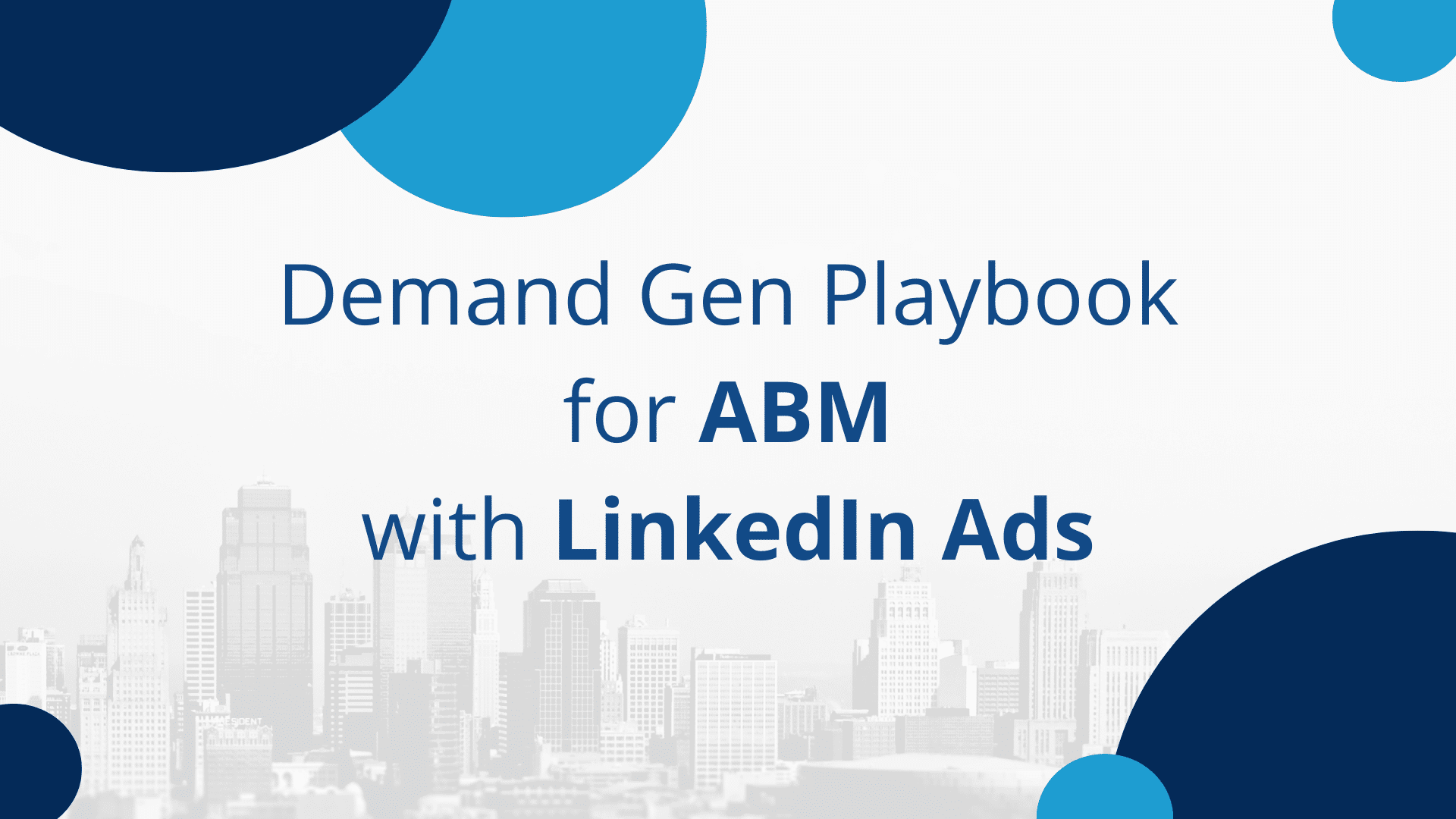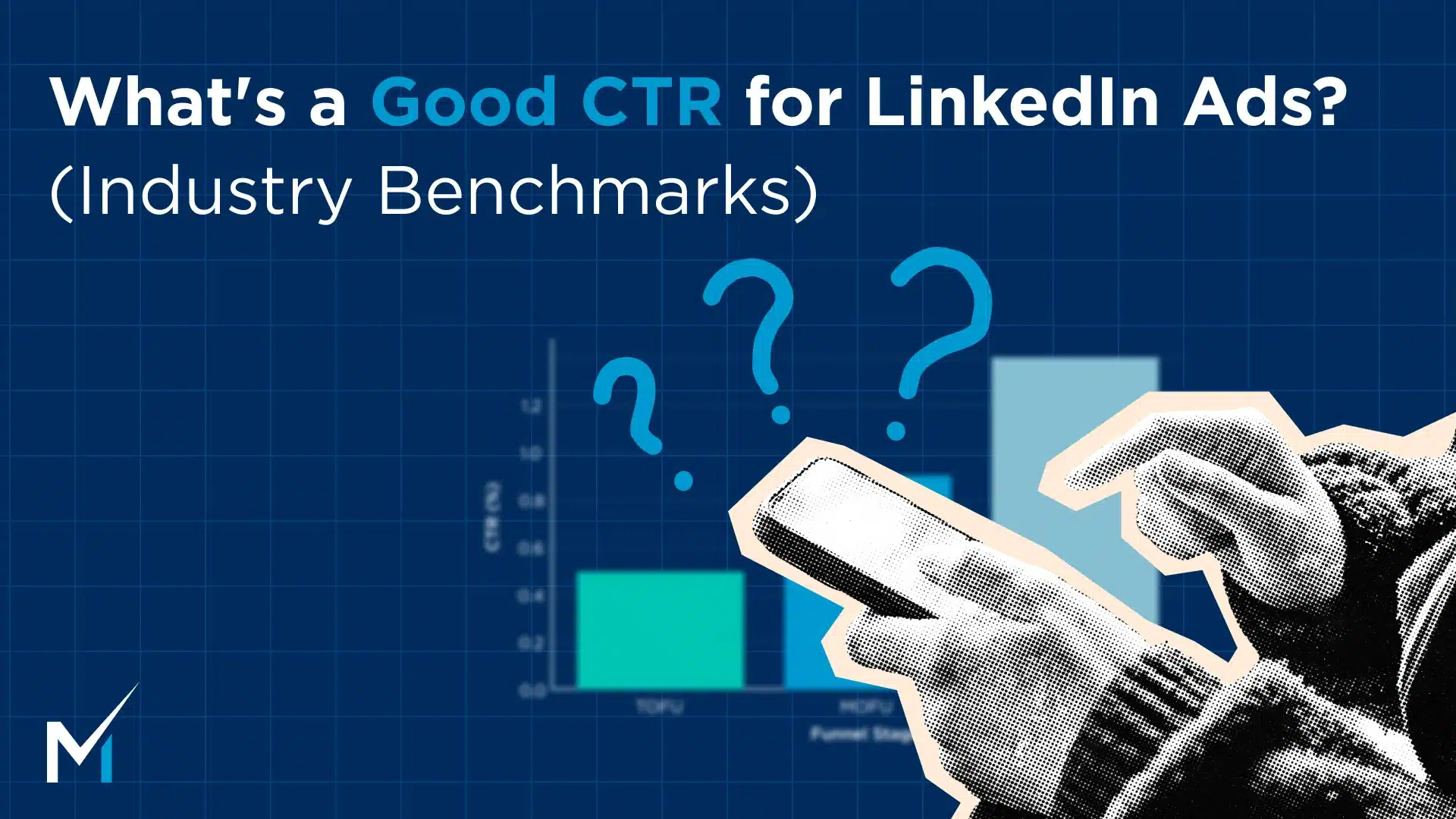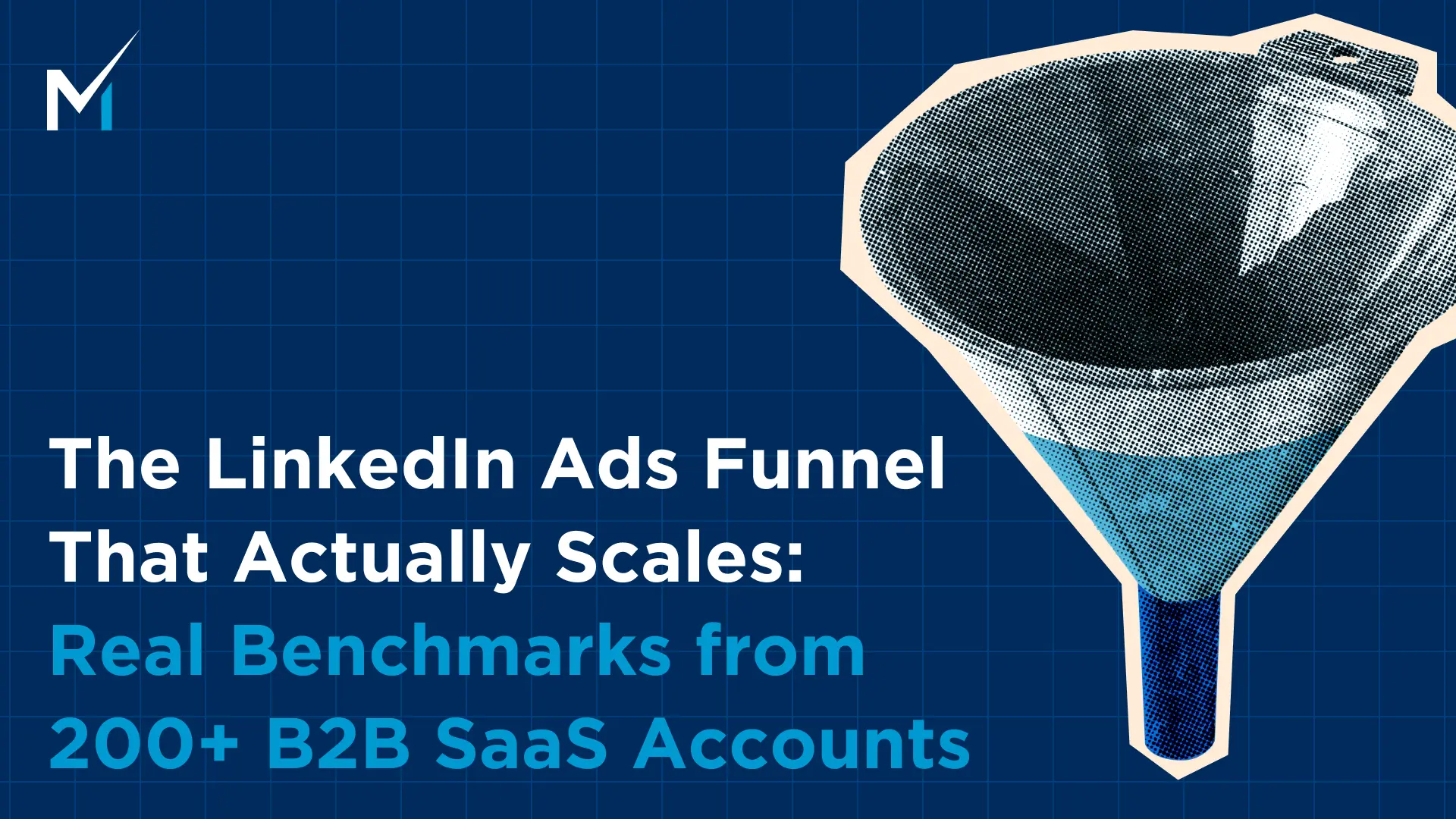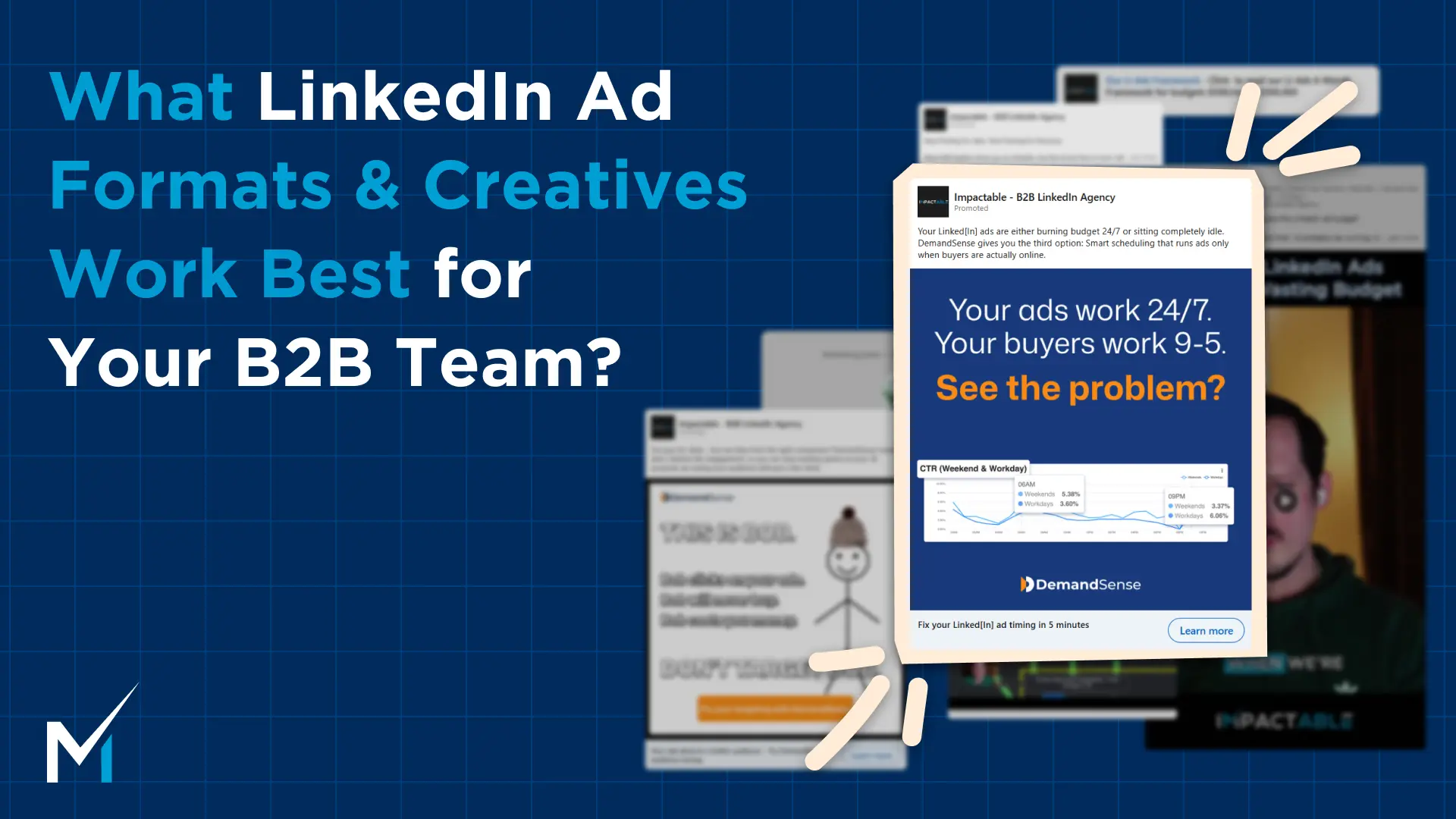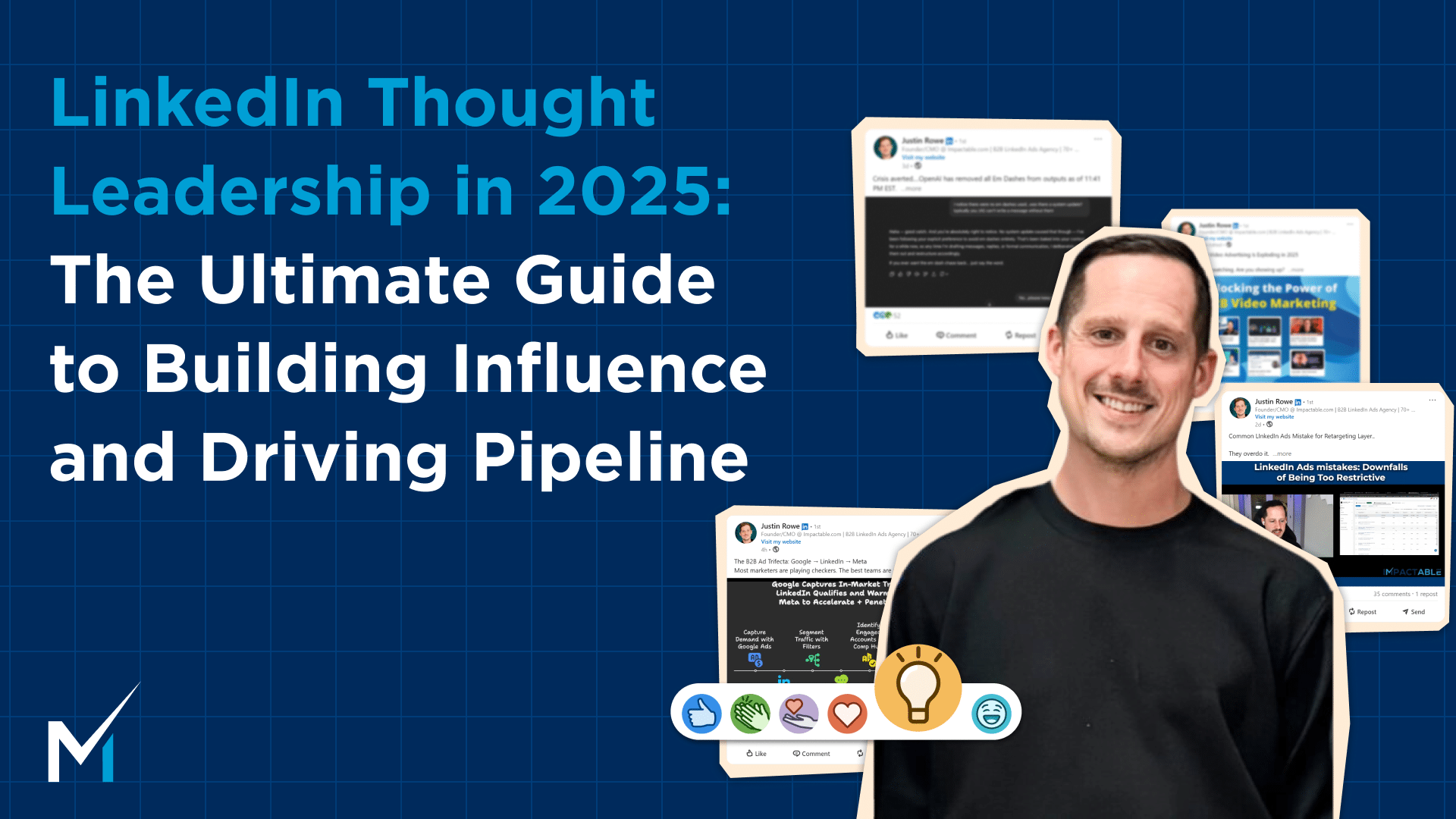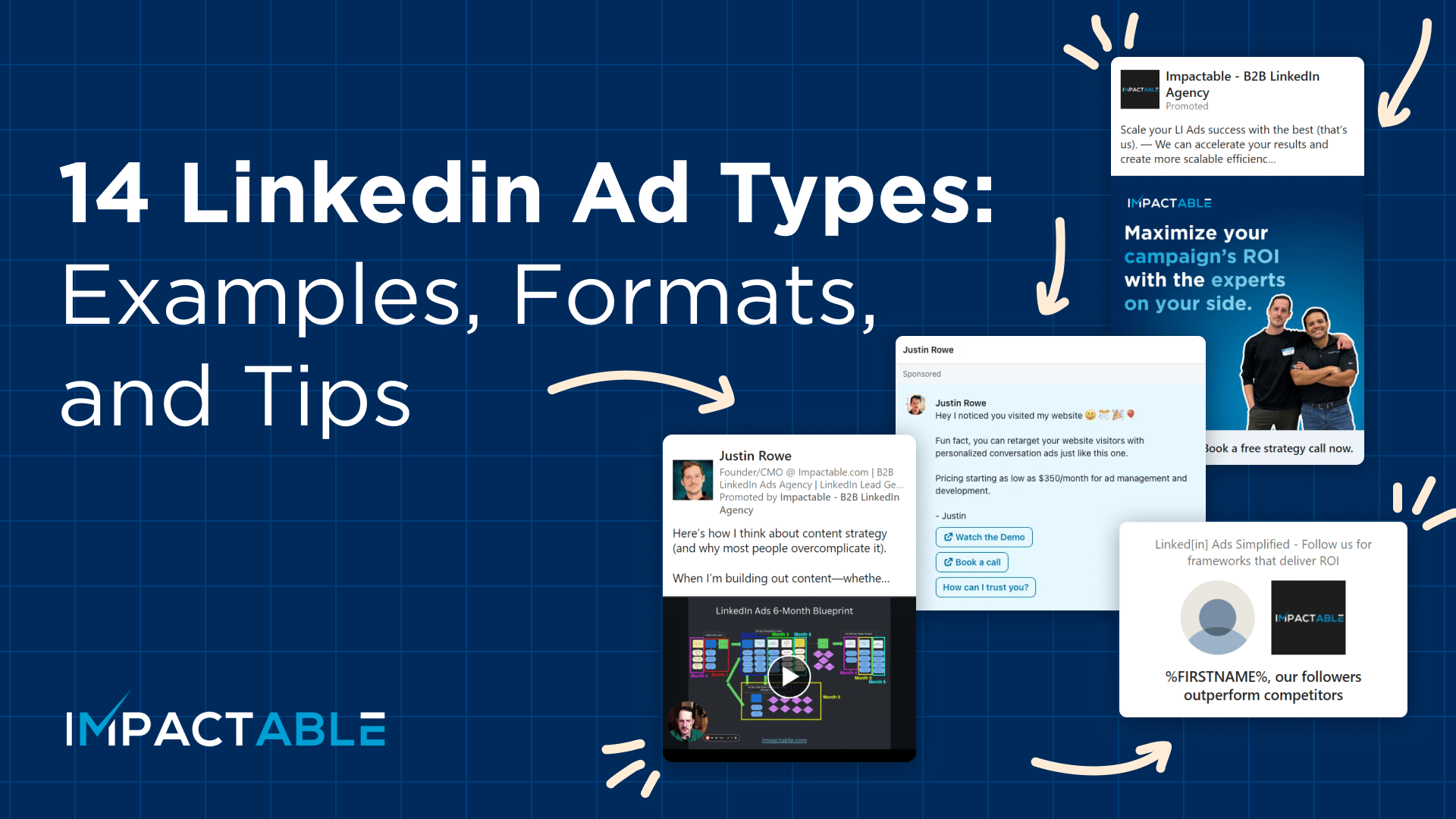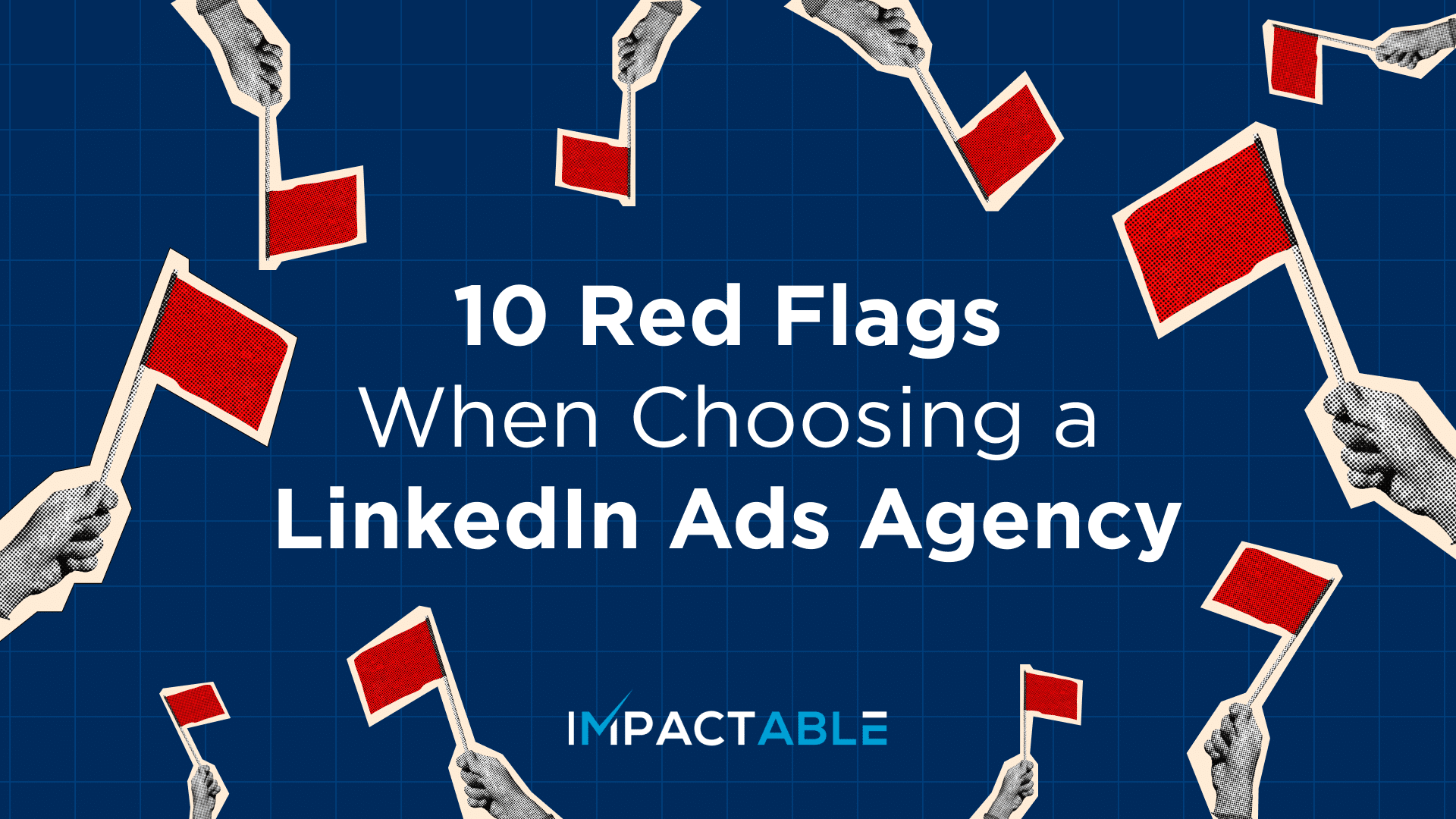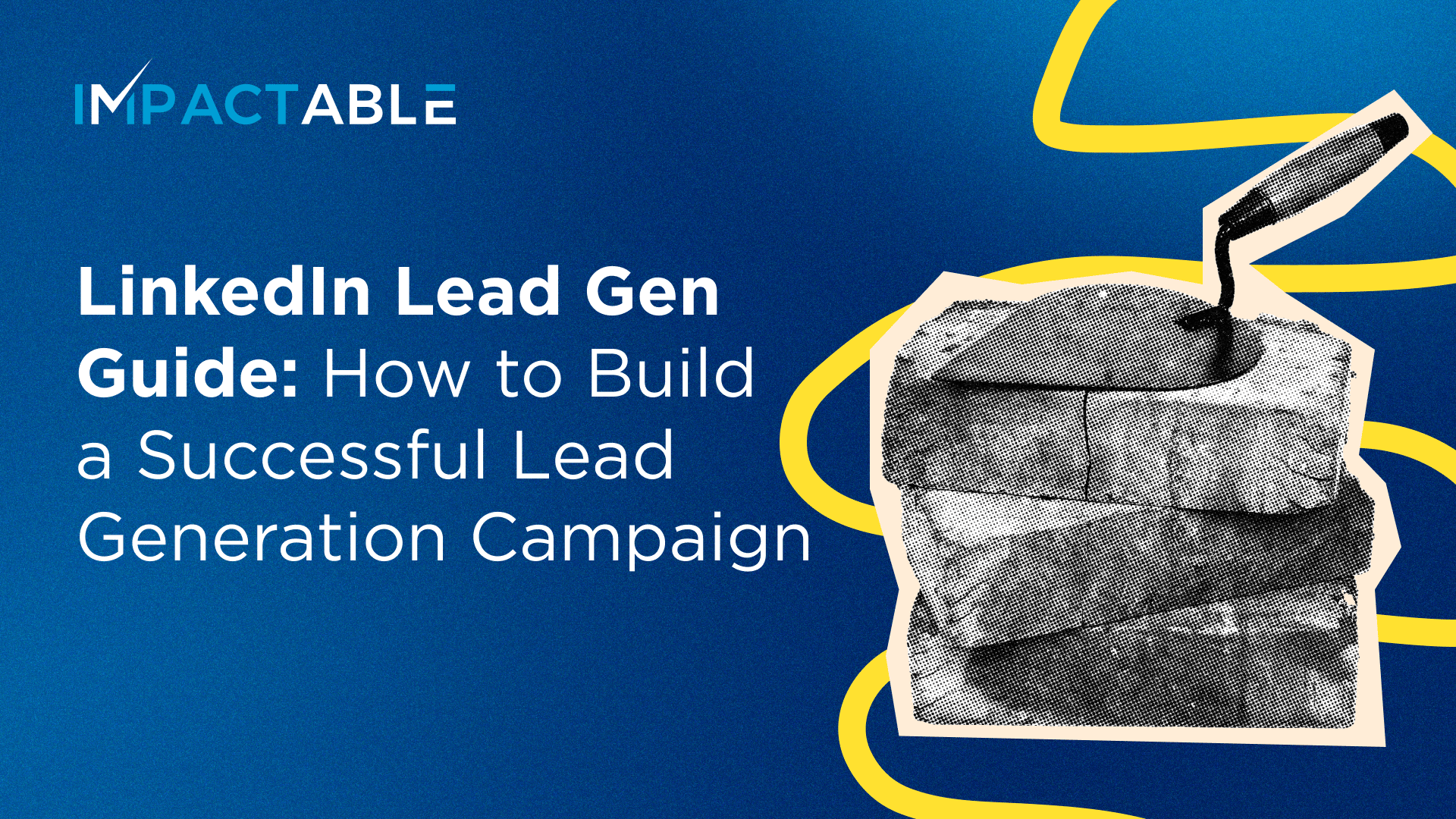In this article, we explore a strategic approach to LinkedIn ads by combining Demand Generation (sharing expertise) and Account-Based Marketing (targeting high-value prospects). Discover how LinkedIn’s features like dynamic lists and retargeting can enhance your marketing effectiveness.
Defining Demand Gen and ABM
Demand generation, or demand gen, involves creating content that isn’t centered around direct outreach. Instead of aggressively pursuing individuals and consistently engaging them, the focus is on developing subject matter expertise to become an authority in the field. It’s about attracting people through inbound marketing, creating demand rather than just capturing existing market opportunities.
Account-Based Marketing (ABM), on the other hand, targets specific high-value accounts or criteria within an account, opting for a quality-over-quantity approach. This strategy aims for a more significant long-term impact by concentrating efforts on fewer big fish rather than numerous small ones.
How can Demand Gen Strategies Align with ABM in LinkedIn Ads?
In the context of LinkedIn ads, the integration of demand-gen strategies with ABM might not be a common topic of discussion. However, LinkedIn ads provide an ideal platform to execute the ABM playbook effectively, offering the capability to create dynamic lists of target accounts. While the challenge in traditional ABM lies in acquiring accurate data about these companies, LinkedIn’s features, such as filters and company upload lists, help streamline the process.
Typically, in ABM, the focus is on direct outreach once decision-makers are identified. However, the demand-gen approach within ABM suggests a different strategy. Instead of bombarding them with cold outreach, the emphasis is on ensuring they encounter valuable content. Paid ads and social media are utilized to guarantee the distribution of content that aims to build trust, credibility, and establish authority.
ABM with LinkedIn ads: Best Practices
1. Use LinkedIn Filters for Dynamic Lists
As previously mentioned, a significant challenge in Account-Based Marketing (ABM) lies in acquiring comprehensive contact details. This hurdle is notably more expensive when compared to obtaining company lists. However, leveraging LinkedIn offers a cost-effective solution. By simply uploading a company list and utilizing specific criteria, one can precisely target decision-makers without the need for costly personal data layers. This approach eliminates the need for individualized information, allowing for the strategic targeting of positions, job functions, skills, experience levels, and locations within the identified companies.
The dynamic nature of this list is a key advantage. Unlike traditional ABM approaches that see lists degrade over time due to personnel changes, a company upload list paired with LinkedIn filters ensures ongoing dynamism. As individuals move between companies, your filters and company list remain accurate, automatically updating and maintaining list freshness. This innovative approach not only saves on the expense of purchasing personal identifiable data but also circumvents the common issue of lists degrading in quality by approximately 20% annually due to job changes.
2. Leverage Retargeting
One notable best practice, a hidden gem, if you will, within LinkedIn ads, ABM, and the demand-gen realm, is the power of retargeting. Our approach emphasizes a demand-gen strategy, acknowledging that while timing is often a concern, any well-crafted ad can surmount this obstacle. What sets our strategy apart is the seamless integration of retargeting into the ABM playbook. Through LinkedIn ads, precise criteria can be set: if a user visited our website, engaged with our company page, or interacted with specific cold ads or videos, and belongs to our target companies, they are placed in a specialized retargeting bucket.
This segmentation of the ABM list in the retargeting layer is a unique feature, distinguishing LinkedIn from other platforms where individual information is typically required for such precision. With LinkedIn, we can categorize individuals based on their website visits, warm status, CRM inclusion, and ABM list membership. This segmentation allows for the creation of dedicated campaigns with allocated budgets, specifically targeting decision-makers within those high-value companies. This approach addresses a common pitfall—once potential leads land on a website, they often get lost in a generic retargeting pool with limited visibility. Recognizing the importance of those in the ABM list, we ensure they receive focused attention in the retargeting layer, maximizing the return on investment.
3. Portion the Budget Appropriately
A common misstep I observe is an overcommitment of budget to small, targeted lists. Despite the greatness of a meticulously curated list, oversaturation and rapid expenditure often lead to diminishing returns.
In the spirit of ABM, where the goal is to pursue higher value targets for a more substantial ROI, LinkedIn’s native filters offer a unique advantage. You can theoretically build a list without knowing the specific company names by defining your criteria. For instance, targeting software companies, IT consulting firms, or financial service companies with 200 or more employees in a particular geography. The ability to then focus on director-level and above seniority personnel in specific job functions adds another layer of precision.
This practice has two significant implications:
- First, align your budget with the size of your ABM list. For a smaller list, allocate a proportional budget.
- Second, consider diversifying your audience with a larger budget. If your budget allows, segment a portion for a broader audience created through LinkedIn’s native filters. Although you may not have the specific target accounts, these criteria-driven audiences are likely high-value targets.
Extend this strategic budgeting approach to your retargeting efforts. Whether it’s retargeting your ABM list, those meeting high-value criteria, or a general retargeting strategy, ensure each segment has its dedicated budget. If high-value targets from your website traffic don’t align with your ABM list but meet specific criteria, segment them out for a dedicated budget to optimize ROI.
Elevating Demand Gen: Crafting Ads for Trust and Authority
Now, when integrating demand generation into the mix, consider the essence of the ads that come into play. They should embody trust and credibility, employing formats like interviews, podcasts, and community interactions. The aim is not to oversell; instead, it’s about ingraining the perception that your brand is an undisputed expert in your field. The strategic goal is to firmly position your business in their minds so that when a need arises, your brand is instinctively at the forefront.
This encapsulates the ABM demand gen playbook for LinkedIn ads. It goes beyond immediate capture, seeking to nurture demand over time. The strategy revolves around creating a lasting imprint, ensuring that when your audience requires a solution, your brand is the first choice.
This unique combination sets the LinkedIn ads strategy apart. To execute this effectively, leverage Impactable’s LinkedIn premium audiences. Furthermore, extend the reach of these audiences to other channels, creating a comprehensive and potent marketing approach that proves challenging to replicate elsewhere.
Premium Audiences and Data Transfer Solutions
An issue I pointed out earlier is specific to LinkedIn due to its unique filters, especially in retargeting scenarios based on website visits and targeted lists meeting specific criteria. This functionality is LinkedIn-exclusive because of its tailored filters. On platforms like Facebook, programmatic, or display ads, achieving this without personal information ownership is a challenge.
However, through Impactable’s Premium LinkedIn Audiences, we’ve devised a solution. We can identify individuals from their LinkedIn profiles, collect pertinent information, and seamlessly transfer this data or the list of individuals to any other platform. This capability directly addresses the challenge that sets us apart from other platforms unable to handle this task natively.
Audience Tuning for Optimal Results
In the process of running ads, especially those utilizing native filters or the ABM list, leveraging our audience tuning feature becomes crucial. This allows you to identify companies that exhibit high engagement with your ads. If you discover entities of particular interest or high value, you can strategically enhance your ABM list. Additionally, if certain accounts are proving to be less fitting and consuming resources, you have the flexibility to either remove them individually or, conversely, identify and add more compatible accounts to your ABM list. Audience tuning provides the precision needed to refine and optimize your targeting strategy effectively.
In Conclusion
In summary, the fusion of Demand Generation and Account-Based Marketing (ABM) on LinkedIn’s platform offers a strategic powerhouse for marketers. Leveraging dynamic lists, retargeting precision, and budgeting wisdom, this approach stands out for its ability to balance scale and precision. The integration of trust-focused ads, facilitated by LinkedIn’s unique features, positions this strategy as an unparalleled force in cultivating long-term demand and authority within the high-value prospect landscape.


